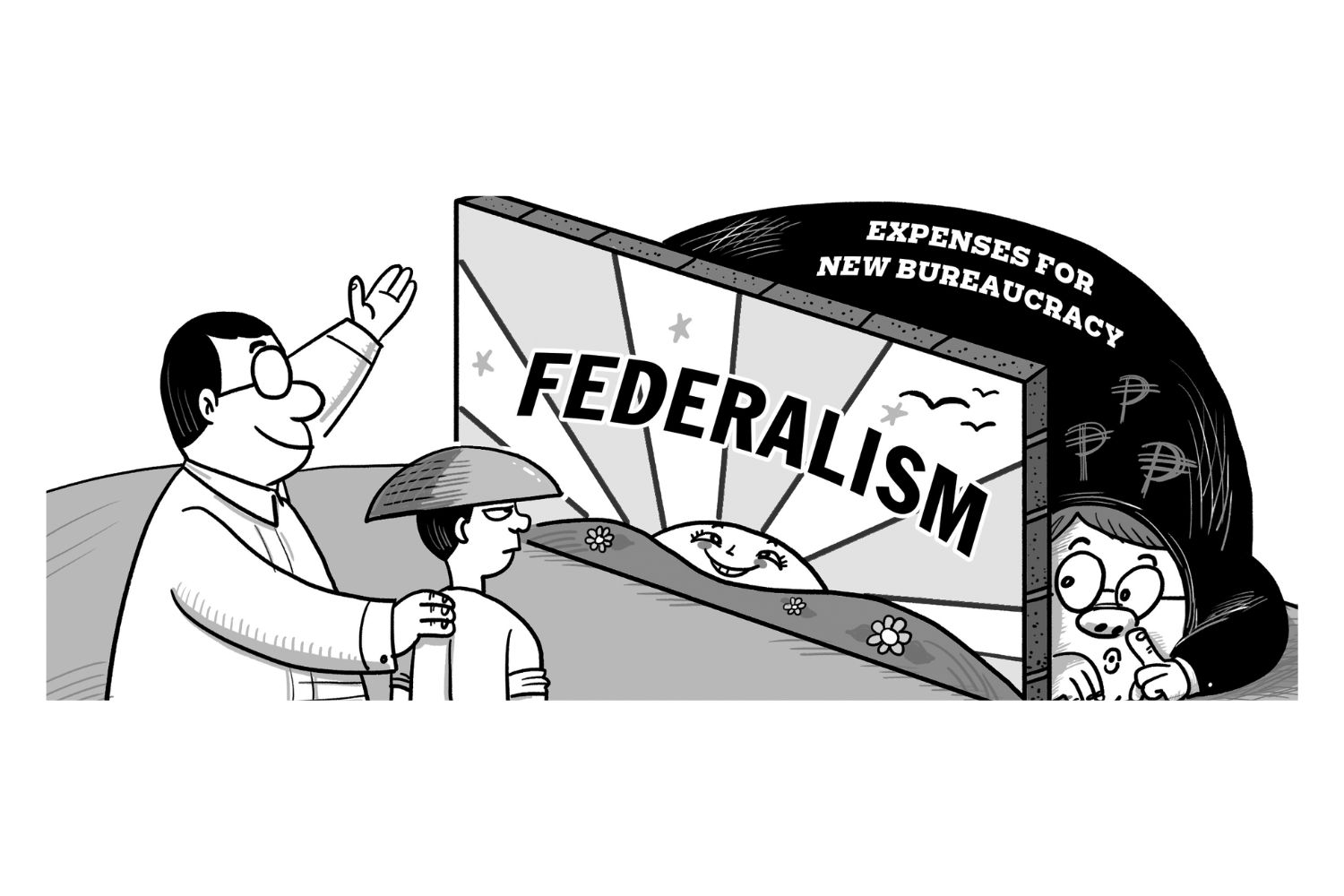Dive into the intricate world of New Federalism, a pivotal movement in American political history that champions the redistribution of power to state governments. This quiz will challenge your understanding of the key concepts, historical milestones, and influential figures associated with New Federalism. Sharpen your knowledge and see how well you grasp the nuances of this significant political philosophy. Best of luck!
We recommend that you do not leave the page that you are taking this quiz in. Stay honest 🙂
New Federalism Quiz Questions Overview
1. What is the primary goal of New Federalism?
Centralize power in the federal government
Decentralize power to state governments
Increase the power of local governments
Reduce the overall power of the government
2. Which U.S. President is most associated with the concept of New Federalism?
Franklin D. Roosevelt
John F. Kennedy
Ronald Reagan
Bill Clinton
3. Which of the following is a key characteristic of New Federalism?
Increased federal funding for state programs
Greater state control over federal funds
Expansion of federal regulatory powers
Centralized decision-making
4. What was one of the main legislative tools used to implement New Federalism?
Block grants
Categorical grants
Unfunded mandates
Executive orders
5. Which amendment to the U.S. Constitution is often cited in discussions of New Federalism?
First Amendment
Tenth Amendment
Fourteenth Amendment
Twenty-Second Amendment
6. New Federalism is often contrasted with which earlier federalism model?
Dual Federalism
Cooperative Federalism
Creative Federalism
Judicial Federalism
7. Which Supreme Court case is often associated with New Federalism due to its emphasis on states’ rights?
Marbury v. Madison
McCulloch v. Maryland
United States v. Lopez
Brown v. Board of Education
8. Which of the following best describes the philosophy behind New Federalism?
Strengthening the federal government’s role
Empowering state and local governments
Reducing the size of all government
Centralizing decision-making processes
9. Which policy area has been significantly impacted by New Federalism?
National defense
Social welfare programs
Foreign policy
Trade regulations
10. Which of the following is a criticism of New Federalism?
It leads to excessive federal control
It creates disparities between states
It reduces state autonomy
It increases federal spending
11. Which President continued the principles of New Federalism by signing the Personal Responsibility and Work Opportunity Reconciliation Act?
George H. W. Bush
Bill Clinton
George W. Bush
Barack Obama
12. Which of the following best describes the impact of New Federalism on education policy?
Increased federal control over education
More state control over education funding
Standardized federal education policies
Reduced state involvement in education
13. Which of the following is an example of a block grant program?
Medicaid
Temporary Assistance for Needy Families (TANF)
Supplemental Nutrition Assistance Program (SNAP)
Head Start
14. How did New Federalism impact the relationship between the federal and state governments?
Increased federal oversight
Strengthened state autonomy
Weakened state governments
Centralized decision-making
15. Which of the following policies is most aligned with the principles of New Federalism?
Federal mandates without funding
State-administered welfare programs
National healthcare system
Centralized education standards
16. What is a potential benefit of New Federalism?
Increased uniformity in policies
Greater responsiveness to local needs
More centralized decision-making
Higher federal spending
We recommend that you do not leave the page that you are taking this quiz in. Stay honest 🙂











